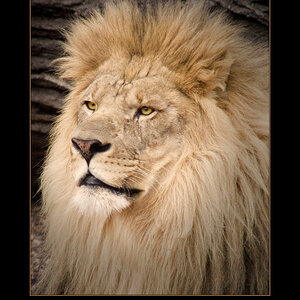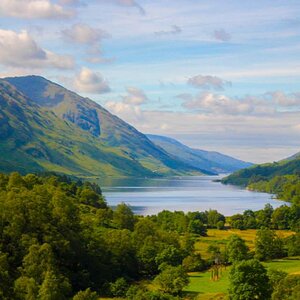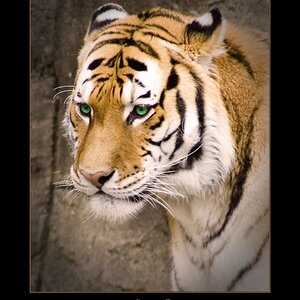Taylorl813
TPF Noob!
- Joined
- Nov 27, 2017
- Messages
- 31
- Reaction score
- 16
- Can others edit my Photos
- Photos OK to edit
Hey guys, I'm having some trouble understanding crop vs full frame cameras, or at least I think I finally understand, but need some confirmation.
Are pictures taken with a D3200 APS-C camera cropped 1.5x regardless of the lens being DX?
Does that mean that a picture taken on my Nikon d3200, with my Nikon 35mm 1.8 dx prime, will look roughly the same as a photo taken with a 50mm FX lens on a full frame camera? (Obviously with less detail.)
Thank you,
- Taylor
Are pictures taken with a D3200 APS-C camera cropped 1.5x regardless of the lens being DX?
Does that mean that a picture taken on my Nikon d3200, with my Nikon 35mm 1.8 dx prime, will look roughly the same as a photo taken with a 50mm FX lens on a full frame camera? (Obviously with less detail.)
Thank you,
- Taylor


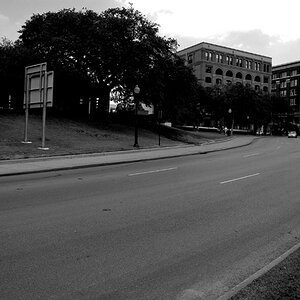
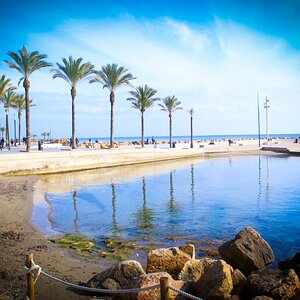
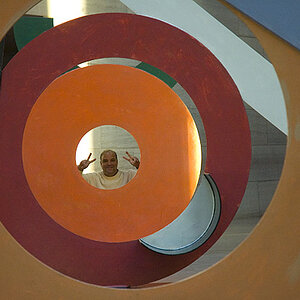

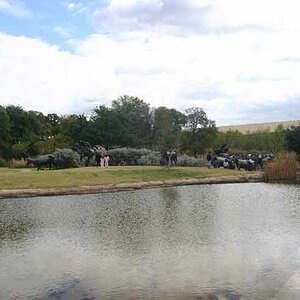
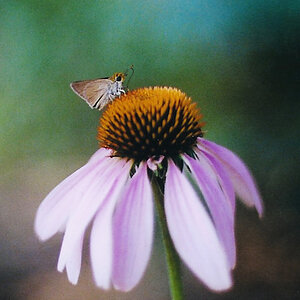
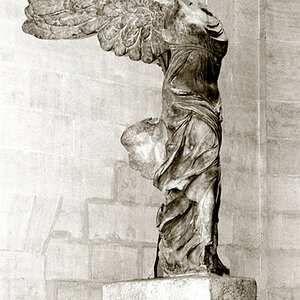
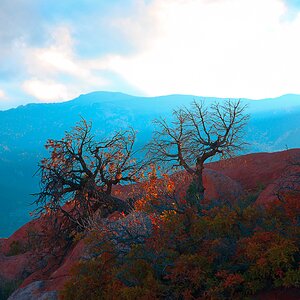
![[No title]](/data/xfmg/thumbnail/30/30890-45d8875af0c79f0f727d7d55132972b0.jpg?1619734501)
